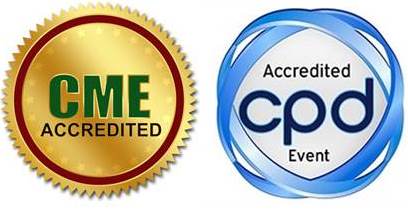
Karel Van Eeckhout
UZ Brussels, Belgium
Title: A comparison of prilocaine 1% versus 1.5% for ultrasound-guided axillary brachial plexus block for hand surgery
Biography
Biography: Karel Van Eeckhout
Abstract
Objective: To compare the anaesthetic characteristics of prilocaine 1% and 1.5% in terms of onset and offset time of sensorimotor block and methemoglobinemia levels, when used for ultrasound guided axillary brachial plexus blocks.
Methods: The prospective, randomised, double-blinded trial was conducted at the University Hospital Brussels on 60 patients (ASA I-III, age range 19–86) scheduled for ambulatory hand surgery. The axillary brachial plexus blocks were performed with ultrasound alone with selective injection of 5 ml of 1% prilocaine or 1.5% prilocaine around each nerve (20 ml in total). Onset time and duration of sensory and motor block were assessed, as well as peak methemoglobinemia levels 2 hours after injection.
Results: Mean onset time for sensory block in the 1% prilocaine group was 15 min for the median nerve and 12 min for ulnar and musculocutaneous nerve compared to 15 min for the median nerve and 9 min for ulnar and musculocutaneous nerve in the 1.5% group. Mean duration of sensory and motor block was 265 min and 247 min respectively for the 1% group versus 255 min and 245 min for the 1.5% group. The average methemoglobinemia level was 2.25% for the 1% group compared to 3.03% for the 1.5% group.
Conclusion: We conclude that there is no statistically significant difference between 1% and 1.5% prilocaine in terms of onset and offset times of the sensorimotor block. However significantly higher levels of methemoglobinemia were found in the 1.5% group.

